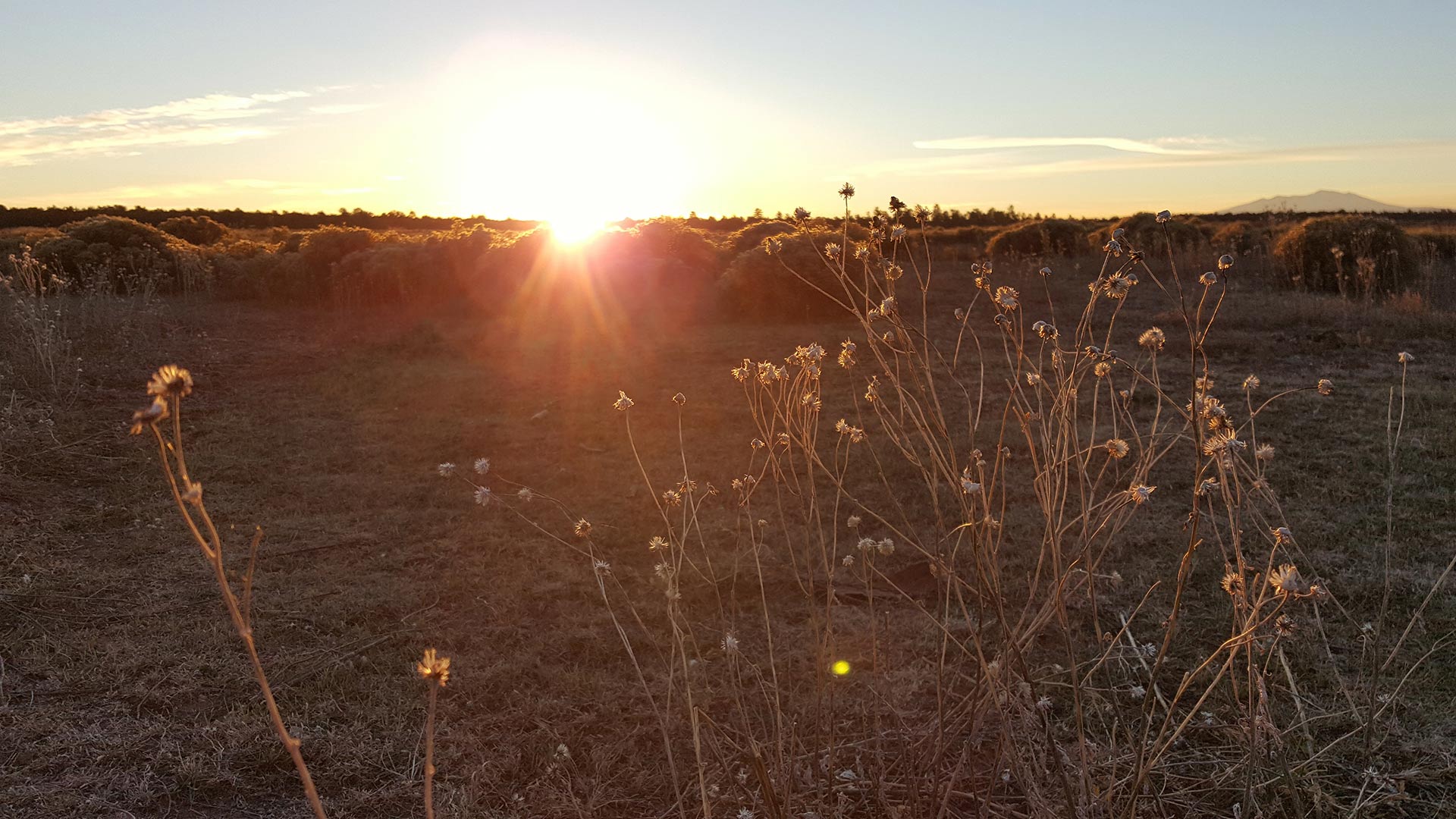 The sun rises over a field in Northern Arizona.
The sun rises over a field in Northern Arizona.
The University of Arizona Mel and Enid Zuckerman College of Public Health received funding from the National Institute of Environmental Health Sciences (NIEHS), a division of the National Institutes of Health (NIH), to fund research that examines the cross-section between climate change response and public health for the Southwest Center on Resilience for Climate Change and Health (SCORCH).
$3.8 million was awarded to the cross-disciplinary center that will provide planning and resources for health impacts of extreme weather events, forecasting and early warning and adaptive responses to the built environment.
UA professor Kacey Ernst, one of three faculty leads with the project, says the grant will fund two primary projects that are smaller in scale, to start building out three focus areas of research over the course of a three-year planning period.
The first area under development is understanding how extreme weather events influence health outcomes.
Ernst said that it is more common to think about the correlation between extreme heat in the region and heat exhaustion or illness.
“There are also indirect effects of heat exposure that are less well developed, less well studied and understood,” Ernst said.
One of SCORCH’s projects led by Melissa Furlong, assistant professor in the public health college will examine reproductive health outcomes after exposure to extreme heat during pregnancy and how it can impact children both immediately after birth and longer term consequences.
This research will also look at other extreme weather events and how that can influence the abundance and emergence of vector borne diseases.
“There are emerging pathogens whose transmission potential could be tipped through some of [these] changing weather patterns that we're experiencing,” Ernst said.
The second area of focus looks to investigate forecasting and early warning systems to address the uncertainty that surrounds health outcomes.
“If we can understand and build the science so that we know what those health impacts are going to be and know what those associations would be, we could then develop some early warning and forecasts not just for decision makers…but also for the public themselves,” Ernst said.
Ernst said that she is working with the Weather-Ready Nation and National Weather Service for a project to provide weather-related health alerts.
The third research area that is under development, is understanding the built environment.
Ernst said that due to Arizona’s rapid growth, the state serves as a model for other arid regions.
Through a partnership with the College of Architecture, Planning and Landscape Architecture (CAPLA), led by associate professor Shujuan Li, a project will investigate the health trade-offs in greenspace planning decisions.
“Planting trees can provide shade cover, but it also might change the level of pollen in the air and exacerbate allergies and so we want to work really closely with communities to understand what their priorities are for green spaces and how those can be maximized to provide the greatest health benefit for the community,” Ernst said.
Ernst said it's important to center on historically marginalized communities to build resilience against the compounding effects of climate change.
“You need to have resources in place to be able to help, quickly respond, quickly recover and reduce that damage as much as possible,” Ernst said.
SCORCH looks to serve low-resource urban and rural populations, indigenous communities and Spanish-speaking groups.
Ernst added that the center is in its planning phase, and looks to become a hub for climate change and health activity on campus in the future.

By submitting your comments, you hereby give AZPM the right to post your comments and potentially use them in any other form of media operated by this institution.